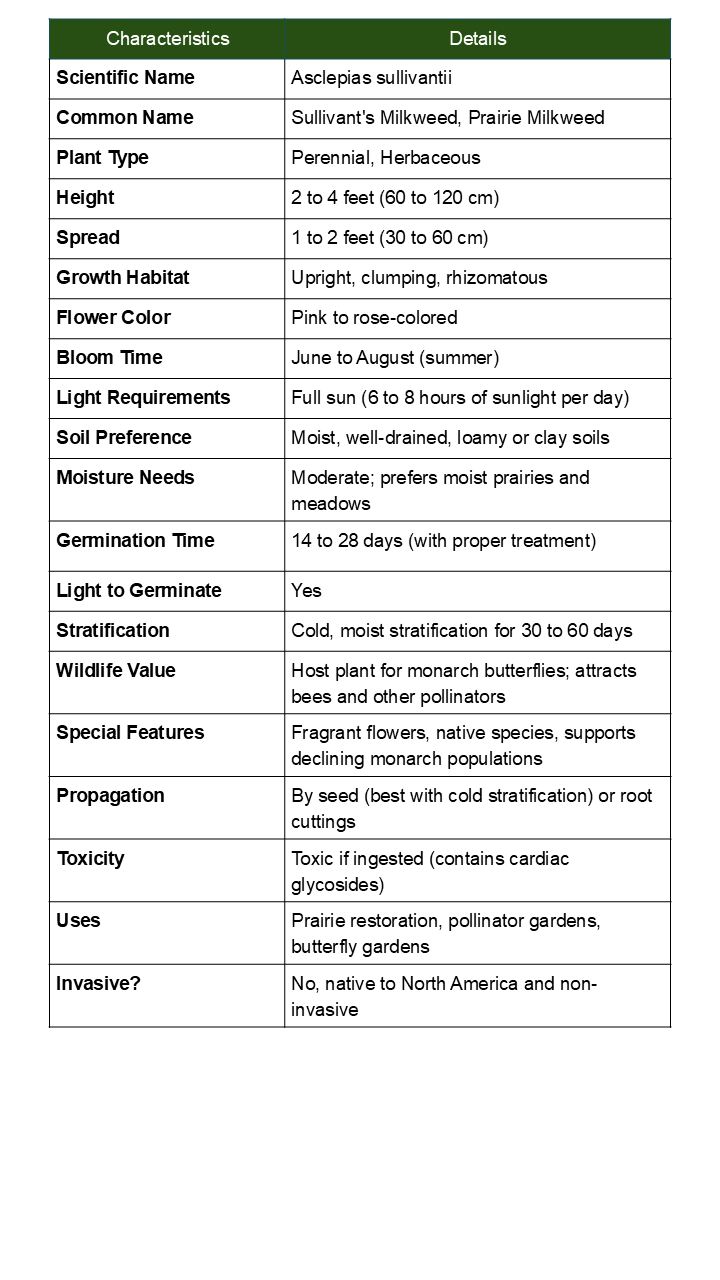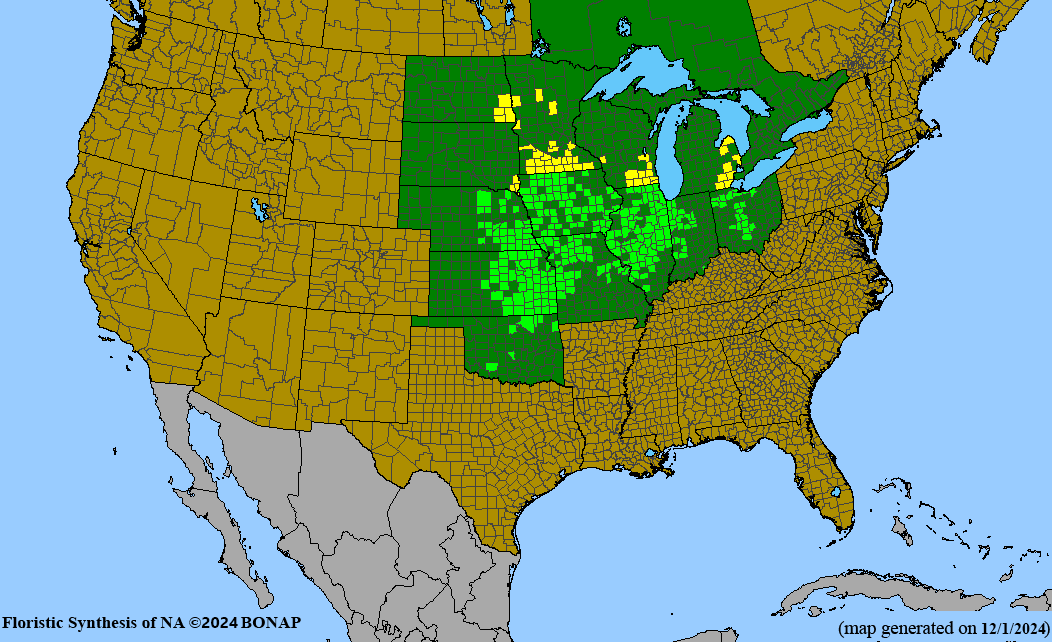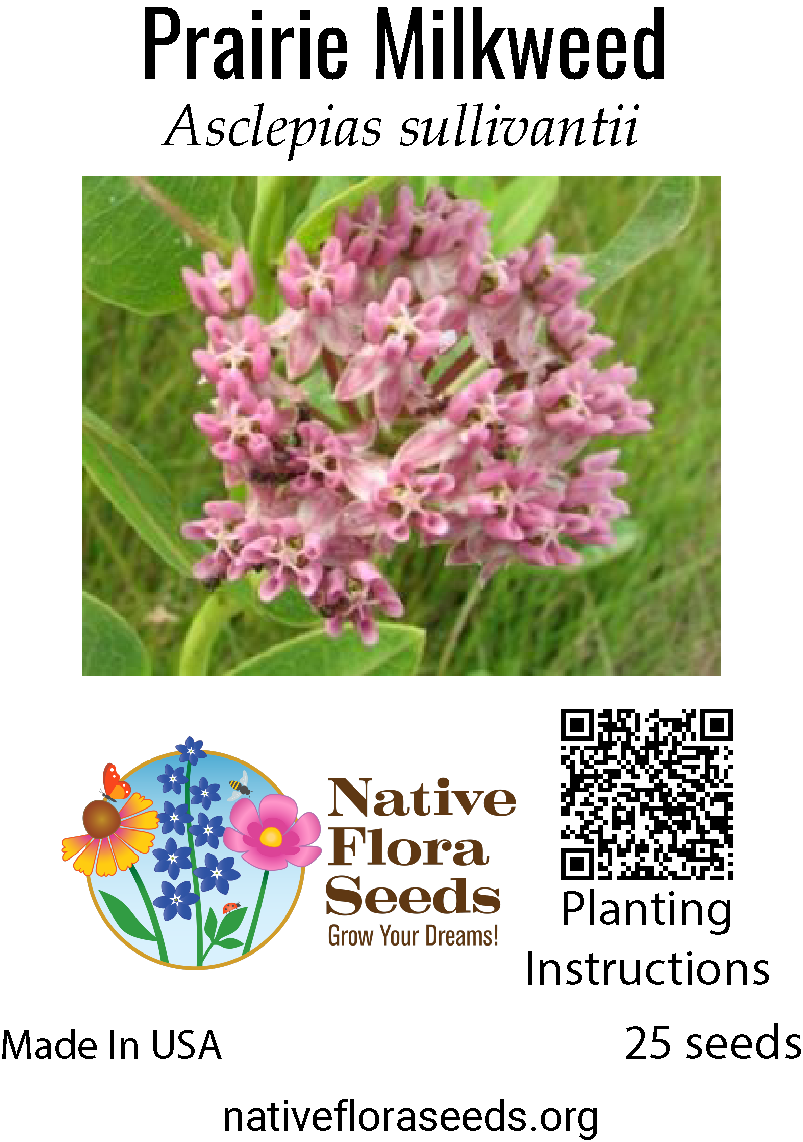Prairie Milkweed Seeds - Native Wildflower (Asclepias speciosa) for Monarch Butterfly Gardens
Regular price$4.00
/
Tax included.
2 reviews
Description
🦋 Support Monarch Butterflies with Prairie Milkweed
Experience the majestic beauty of Asclepias speciosa, the spectacular native milkweed that serves as the exclusive host plant for monarch butterfly caterpillars. This impressive perennial produces large clusters of fragrant pink-purple flowers followed by distinctive seed pods, creating stunning displays while providing essential habitat for one of North America's most beloved butterflies.
✨ Key Features:
- Height: 3-5 feet tall with robust, upright stems
- Bloom Time: June through August
- Flower Color: Fragrant pink-purple clusters
- Native Range: Western and Central North America
- Hardiness: USDA Zones 3-9
- Sun Requirements: Full sun to partial shade
🦋 Critical Monarch Butterfly Support:
- Exclusive host plant - Monarch caterpillars can ONLY survive on milkweed species
- Essential nectar source for adult monarchs during migration
- Supports the entire monarch butterfly life cycle
- Helps restore declining monarch populations
- Creates vital monarch breeding habitat in your garden
🌱 Easy Growing Guide:
- Soil: Adaptable to various soils, prefers well-drained conditions
- Drought Tolerance: Excellent once established
- Maintenance: Low maintenance, spreads by underground rhizomes
- Germination: Cold stratification required for 30-60 days
- Spacing: Plant 18-24 inches apart for natural colonies
🌿 Additional Wildlife Benefits:
Attracts numerous other pollinators including native bees, butterflies, and hummingbirds. Seeds provide food for goldfinches and other songbirds.
Join the monarch conservation movement by planting this essential native milkweed. Create a certified monarch waystation while enjoying spectacular blooms and fascinating wildlife activity.



